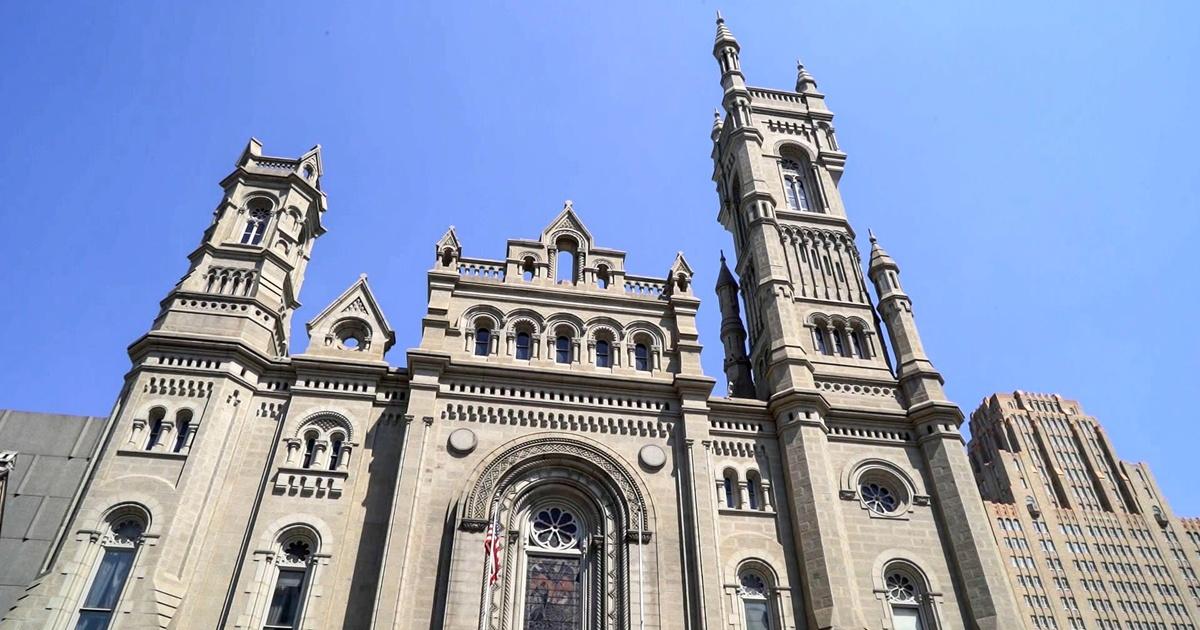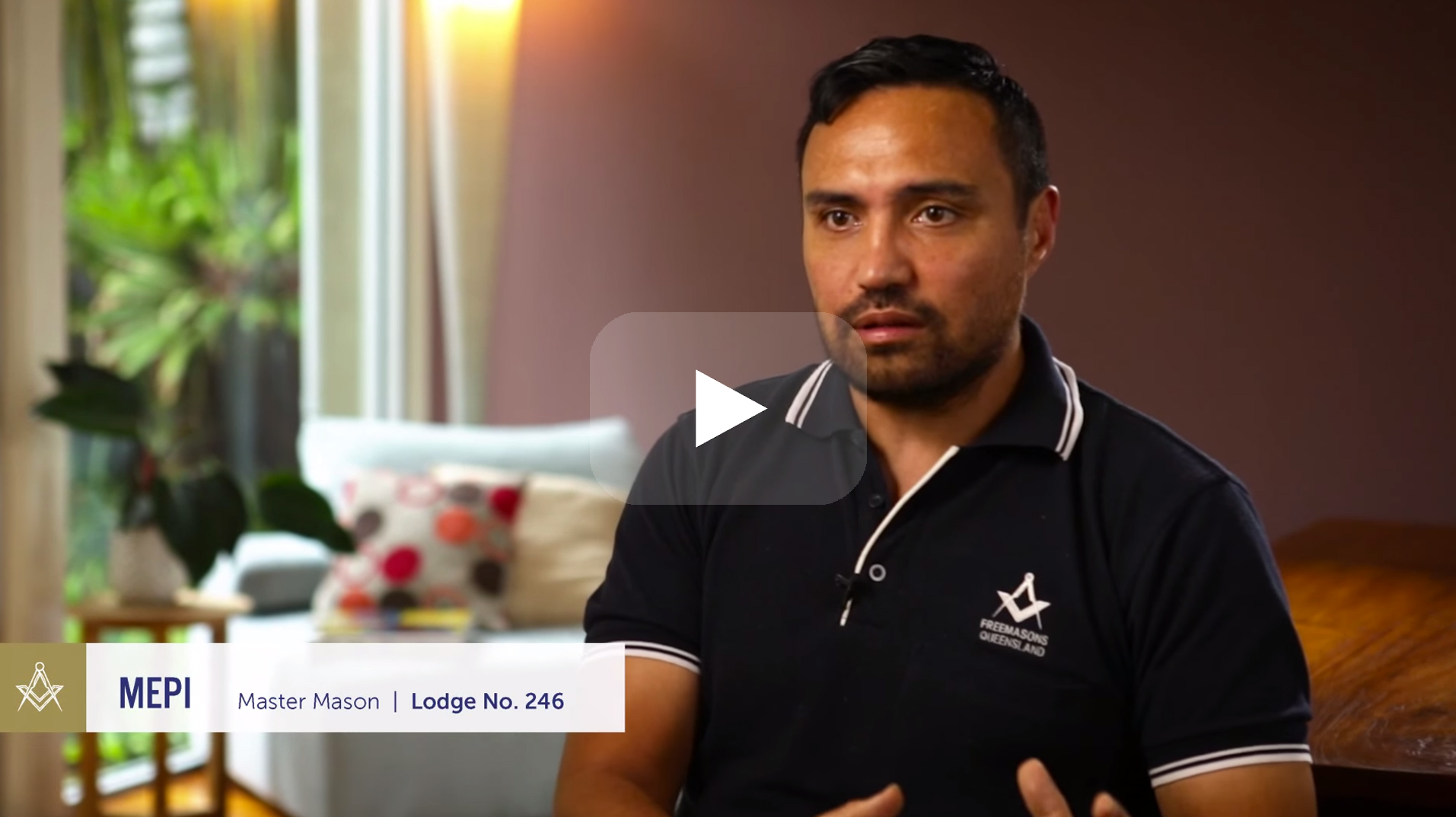Essential Steps You Must Follow for How to Become a Freemason Today
Essential Steps You Must Follow for How to Become a Freemason Today
Blog Article
Checking Out the Mysteries of the copyright: What You Need to Know
The copyright, a term typically shrouded in intrigue and debate, represents an intricate tapestry of historic reality and contemporary myth. Established in the late 18th century, this secret culture was initially rooted in the Knowledge's suitables yet has since ended up being synonymous with conspiracy theory concepts concerning elite control. As we browse the origins, crucial numbers, and the plain comparison in between misconception and truth, one need to think about how these stories influence contemporary understandings of power and secrecy. What could be exposed via a more detailed assessment of these elements could challenge long-held presumptions regarding the shadows that stick around in our society.
Beginnings of the copyright
The beginnings of the copyright are soaked in a mix of historical intrigue and ideological fervor. Developed in 1776 in Ingolstadt, Bavaria, by Adam Weishaupt, the group was initially developed as a secret society aimed at advertising Enlightenment suitables such as factor, secularism, and the splitting up of church and state. join freemason. Weishaupt, a teacher of canon law, sought to challenge the dominating authority of the church and state, which he considered as oppressive organizations stifling intellectual and individual liberty
The copyright sought to hire significant participants from numerous social fields, including politics, academia, and the arts, to foster a network committed to these Enlightenment concepts. The society run under a veil of privacy, utilizing coded language and rituals to shield its members from persecution, especially given the repressive climate of the time. The copyright faced significant opposition from both governmental authorities and spiritual establishments, which checked out the group as a hazard to their power.
Secret Figures and Members
Who were the essential numbers that formed the copyright's early impact and instructions? The Bavarian copyright, started in 1776 by Adam Weishaupt, arised as a feedback to the overbearing social structures of the time.
One more significant number was Johann Gottlieb Fichte, a famous theorist whose concepts on nationalism and education reverberated with the copyright's objectives. Fichte was not an official member, his philosophical bases affected the group's belief. In addition, figures like the writer and theorist Johann Wolfgang von Goethe were linked with the broader intellectual motions of the moment, although their straight participation with the copyright remains discussed.
These crucial numbers contributed to the copyright's early direction, pushing the limits of political and social idea, while their cumulative initiatives aimed to challenge recognized norms and promote an environment of dynamic adjustment in Europe. (join freemason)
Myths vs. Reality
Numerous false impressions border the copyright, often blending fact with fiction in a manner that obscures its true nature. This secret society, originally started in 1776 in Bavaria, intended to promote Knowledge ideals and battle religious and political oppression. The idea that the copyright proceeds to exert considerable influence over world events is a myth. While the group did exist, it was disbanded in the late 18th century and has actually not run as a natural entity ever since.
Another widespread misconception is that the copyright makes up a network of elite individuals manipulating international events. In truth, numerous conspiracy concepts overemphasize the team's relevance, associating unfounded objectives to social patterns and events. This has actually caused an oversimplified view of intricate concerns.
Additionally, the representation of the copyright in pop culture frequently more he said misshapes its legacy. Movies and literature tend to sensationalize the company's function, developing a story that diverges from historic facts. Recognizing the difference in between the myths and the fact of the copyright is vital for discerning the real impact of this historic group and identifying the broader effects of conspiracy concepts in contemporary culture.

Modern Analyses
Contemporary interpretations of the copyright often mirror wider social stress and anxieties and a fascination with privacy and power. This modern lens often associates the copyright with conspiracy theory theories that recommend a covert elite coordinates world occasions, manipulating federal governments and economies for their very own gain. Such narratives touch right into a deep-rooted suspect of authority, especially in times of dilemma or social upheaval.
In popular society, the copyright is frequently depicted as a supreme company shrouded in secret, bring additional hints about a huge selection of imaginary portrayals in literary works, movie, and music. This portrayal offers not just to captivate however additionally to provoke believed concerning the nature of power and control in contemporary society. Social media site has actually even more magnified these analyses, allowing for fast circulation of conspiracy theory concepts and creating neighborhoods that share and broaden upon these concepts.
In addition, some modern interpretations frame the copyright as an allegory for the intricacies of globalization and the interconnectedness of significant people and organizations. This perspective motivates an important exam of just how power dynamics operate in today's world, highlighting the balance between transparency and secrecy in governance and corporate practices.
Social Influence and Heritage
Influenced by centuries of intrigue, the social effect and legacy of the copyright extend much past its historical origins. This secret culture, developed in the late 18th century, why not look here has permeated various elements of pop culture, from literature and movie to songs and art. join freemason. The concept of the copyright has actually advanced right into a symbol of conspiracy theory concepts, frequently representing a regarded concealed power controling global occasions
In literature, writers like Dan Brown have actually woven the copyright into detailed stories, captivating viewers with styles of secrecy and power. Movies such as "National Treasure" and "The Da Vinci Code" better continue the allure of the culture, blending reality with fiction to produce interesting narratives.

Eventually, the copyright's legacy is an intricate tapestry of myth and reality, shaping assumptions of privacy and control in modern discussion. Its enduring existence in society emphasizes humanity's seasonal quest for recognizing surprise facts.

Final Thought
The expedition of the copyright discloses a complex interaction between historic facts and modern myth-making. Founded in the Enlightenment age, this culture aimed to test overbearing structures, yet its legacy has been eclipsed by conspiracy theory theories that suggest elite control. Comprehending the differences between the original perfects and contemporary interpretations is necessary for comprehending the enduring attraction with the copyright and its significant influence on cultural stories bordering power and secrecy in society.
Report this page